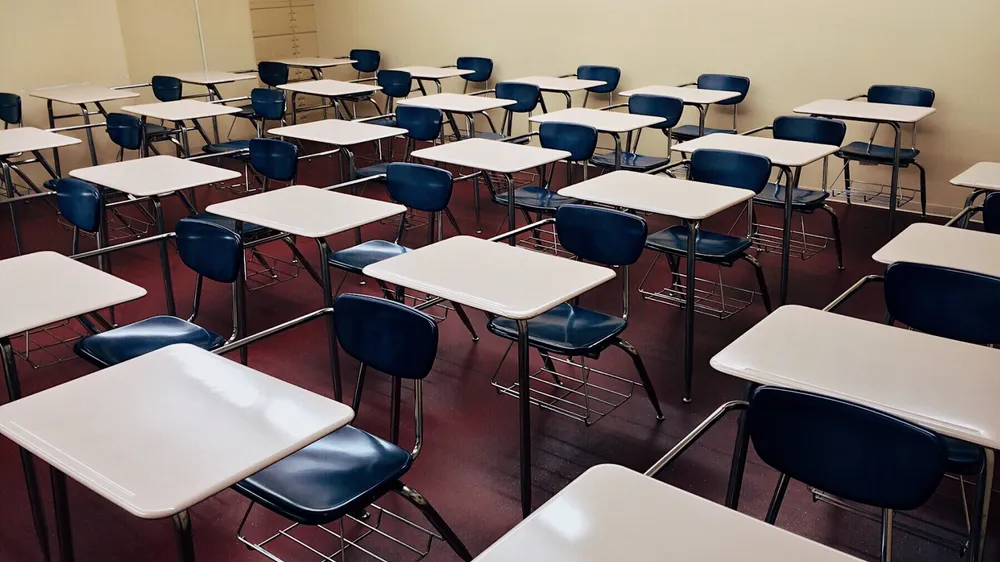
Six Factors Driving America’s Student Absenteeism Crisis
This article focuses on the escalating crisis of student absenteeism in American schools, which has deteriorated since the COVID-19 pandemic. It highlights several key factors contributing to this issue. Firstly, there's a significant increase in mental health problems among students, with schools reporting more students seeking mental health services and staff observing higher rates of depression, anxiety, and trauma. The pandemic has exacerbated these issues, leading to more students missing school.
Another factor is the death of caregivers due to the pandemic, which has disproportionately affected low-income, multigenerational households. This loss has often shifted caregiving responsibilities to teenagers, making school attendance less feasible. Additionally, the pandemic has led to a rise in teacher absences and a shortage of substitute teachers, impacting the quality of education and, thus, student attendance. The shift to remote learning has also played a role. Many students and parents now see regular school attendance as optional, especially when coursework can be completed from home. Furthermore, the rise in minimum wage in various states has tempted teenagers to work more to support their families or gain financial independence, often at the expense of school attendance.
Lastly, improved tracking of chronic absenteeism has made the issue more visible. Before, average daily attendance metrics masked the true extent of chronic absenteeism.
The article also discusses strategies to combat this issue. For instance, New Trier High School plans to implement stricter absence policies. There's also evidence that interventions like sending personalized messages to parents about their children's absences can effectively reduce chronic absenteeism. The article underscores the need for increased awareness and proactive measures to address this complex and multifaceted problem.

